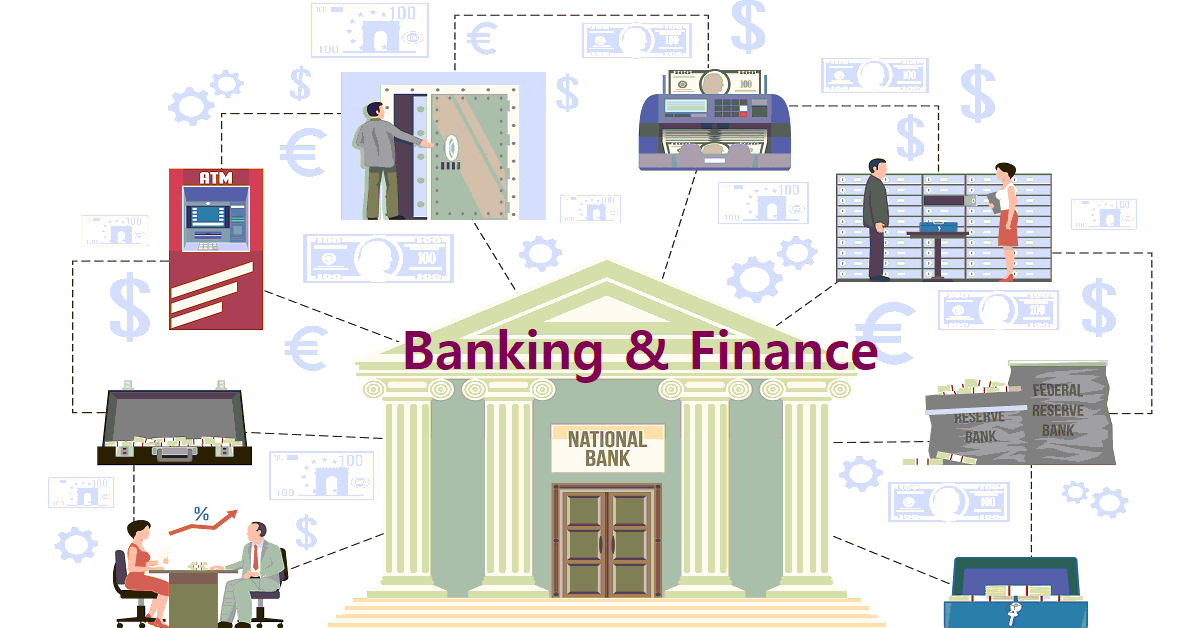
The organizational structure of a commercial bank plays a crucial role in determining its overall performance. In today's rapidly changing business environment, it is essential for banks to constantly review and modify their organizational structures to remain competitive and meet the changing needs of their customers. This article will provide a comprehensive overview of the impact of organizational structure on the performance of commercial banks, exploring the different types of organizational structures, their advantages and disadvantages, and real-life examples of successful implementations.
Types of Organizational Structures in the Banking Industry
Commercial banks can adopt a variety of organizational structures, each with its own advantages and disadvantages. The most common types of organizational structures in the banking industry include:
- Hierarchical Structure: This is the most traditional type of organizational structure in the banking industry. It is characterized by clear lines of authority, with power and decision-making authority flowing from the top down.
- Matrix Structure: A matrix structure combines features of both hierarchical and flat organizational structures. In this structure, employees report to multiple managers, which enables cross-functional collaboration and improved responsiveness to local market conditions.
- Flat Structure: Flat structures are characterized by fewer hierarchical levels and a more informal reporting structure. Banks with flat structures typically have a high degree of employee empowerment and more flexible decision-making processes.
Relationship between Organizational Structure and Performance in Commercial Banks
There is a direct correlation between the organizational structure of a commercial bank and its performance. A well-designed organizational structure can improve decision-making, increase efficiency, and enhance customer satisfaction. On the other hand, a poorly designed structure can lead to inefficiencies, ineffective decision-making, and low employee morale.
Advantages and Disadvantages of Different Organizational Structures for Commercial Banks
Each type of organizational structure has its own unique advantages and disadvantages. The hierarchical structure, for example, provides clear lines of authority and a centralized decision-making process, but can be slow to respond to changing market conditions. On the other hand, flat structures can be highly agile and responsive to market changes, but may lack the centralized control necessary to ensure consistent performance across the organization.
Real-Life Examples and Case Studies of Commercial Banks that have Successfully Implemented Different Organizational Structures
There are many real-life examples of commercial banks that have successfully implemented different organizational structures. One such example is Bank of America, which adopted a matrix organizational structure, improving cross-functional collaboration and reducing decision-making time by 25%. Another example is JPMorgan Chase, which uses a hybrid organizational structure that balances the need for centralized control with the ability to respond quickly to local market conditions.
Role of Technology in Shaping the Organizational Structure of Commercial Banks
Technology is playing an increasingly important role in shaping the organizational structure of commercial banks. Advanced technologies such as artificial intelligence, machine learning, and blockchain are enabling banks to streamline their operations, improve efficiency, and enhance customer experience. As a result, many banks are adopting more flexible and agile organizational structures that can better leverage these technologies to achieve improved performance.
Future Trends in the Organizational Structure of Commercial Banks and their Impact on Performance
As technology continues to evolve and business environments change, it is likely that the organizational structures of commercial banks will continue to evolve. One of the key trends in the banking industry is the increasing use of flat structures, which provide greater flexibility and a more agile response to changing market conditions. It is also likely that we will see an increased use of hybrid structures that combine the best features of hierarchical and flat structures.
Conclusion
In conclusion, the organizational structure of a commercial bank plays a critical role in determining its performance and success. Banks should carefully consider the advantages and disadvantages of different organizational structures and choose the one that best fits their business strategy and goals. The role of technology in shaping the organizational structure of commercial banks cannot be overstated, and banks must keep pace with technological advancements to remain competitive.
In the future, we can expect to see more banks adopt hybrid and matrix organizational structures that balance centralized control with the ability to respond quickly to local market conditions. The use of technology will also continue to play a crucial role in improving the efficiency, customer satisfaction, and overall performance of commercial banks.
Overall, it is essential to understand the impact of organizational structure on commercial bank performance and to stay informed about the latest trends and best practices in the banking industry. By adopting the right organizational structure and leveraging technology, commercial banks can improve their competitiveness and achieve long-term success.
Banking and Finance




